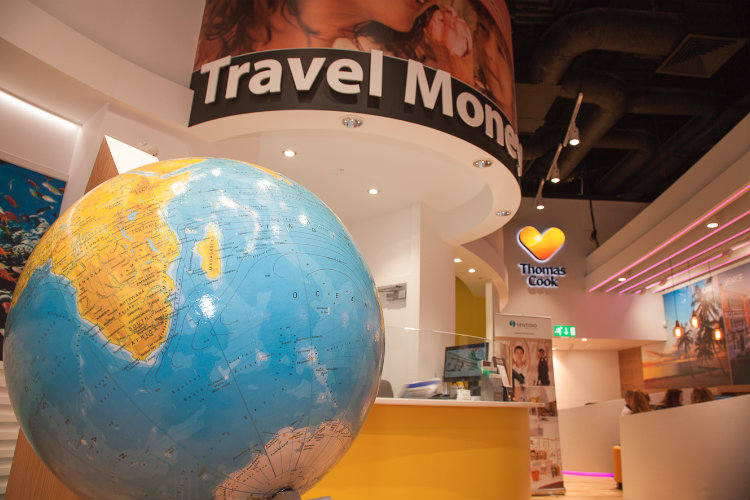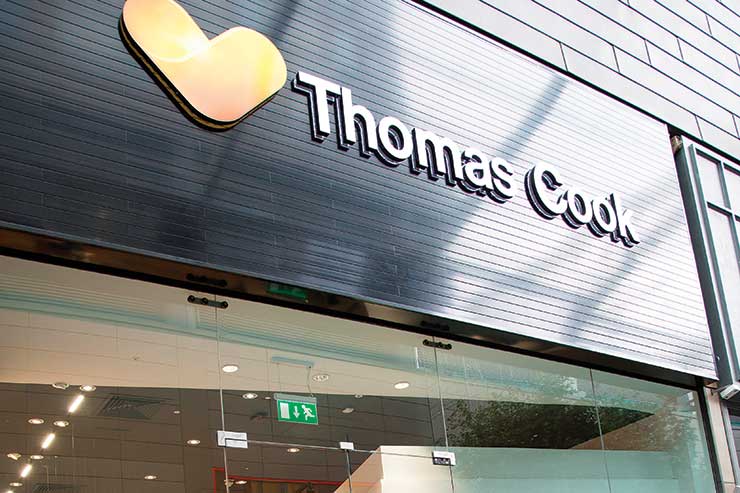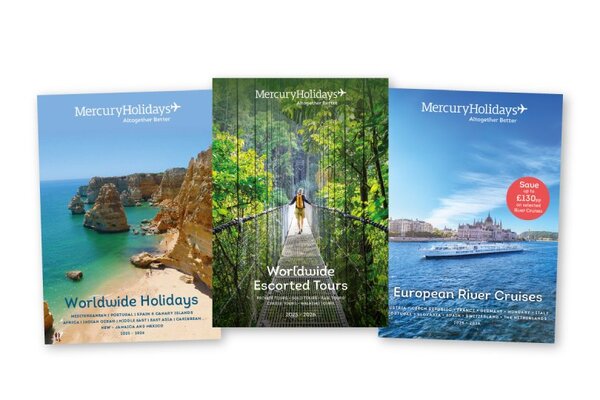Thomas Cook ‘ploughed on with legacy model for too long’
 Gary Noakes
Gary NoakesThe almost baffling detail of Thomas Cook’s financial woes over the last few weeks masked much deeper factors that led to its demise.
As any airline boss will tell you, a legacy business model presents major hurdles and is ultimately one that’s not sustainable without significant changes and cost cutting.
Cook ploughed on with its own legacy model for too long. A 178-year history sadly counts for nothing if you don’t prepare for the future.
The old formula of mass market tour operation, airline and retail network no longer works if it’s just offering a product that’s easily self-booked elsewhere and too similar to competitors’ products with much higher overheads.
Yes, Tui manages it, but Tui moved more quickly into exclusive own-brand hotels than Cook and offers a broader range of higher-yielding long-haul holidays than its once former rival. Tui has also got into cruise, a key growth area.
Over the last decade, Cook got left behind until the inevitable happened. The roots of this approach go back beyond the era of Peter Fankhauser, who was at the helm from late 2014 until its demise.
The approach only a decade ago – when the threat of the internet to commoditised travel sales was surely evident to anyone with some business nous – was to make Cook a cheap and cheerful bucket and spade brand with a key high street presence.
Adding 400 shops in 2010 following a merger with Co-operative Travel – only to close most of them down in the following years – was a bizarre move.
Thomas Cook in its most recent form was created from the 2007 merger with MyTravel Group, the most mainstream of brands, which almost collapsed itself in 2003.
A £237 million acquisition spree and £290 million paid to shareholders in 2008-2010 led to a 2011 cash crisis, and the resignation of then chief executive Manny Fontenla–Novoa.
Unlike now, the government then secretly got involved to avoid a collapse.
Since then, Cook has moved at a glacial pace, hampered by debt which has meant it couldn’t invest in own brand properties or digital channels fast enough.
Had it been in a position to expand, Cook could have taken advantage of Monarch’s demise and bought slots at Gatwick and Manchester. But instead, it had to let British Airways and its own arch rival – the highly-successful newcomer in the package travel scene, Jet2 – take these.
Jet2 has been a major thorn in Cook’s side, with the northern operator unhindered by an expensive retail network and firmly backed by independent agents.
Across the channel, Germany has been another challenge for Cook, with similar structural issues to the UK. There, budget airlines are slugging it out with Eurowings and, until its demise, Air Berlin creating over-capacity issues for Cook’s carrier, Condor.
The current UK government has a track record of not intervening when companies collapse and it is perhaps understandable that, looking at Cook’s legacy business model and how the market has evolved, it decided not to mount a rescue.
In the next few weeks, a very non-legacy easyJet Holidays will launch – the timing of Cook’s demise for the budget airline is fortuitous, to say the least.
Meanwhile, Cook joins the other 31 retail brands that have collapsed or gone into administration this year. Some, like Cook, are names you grew up with and thought would never disappear from the high street.
Cook’s collapse is a tragedy for the industry and there will be a domino effect for suppliers, but given recent history, it was a brutal correction of an industry model waiting to happen.
If the Cook name does return, it will be a different animal; BMW resurrected the Mini and made it a huge success.
A more bespoke Cook, leveraging what was – until Monday morning – the best-known brand in travel, could be reborn.
Meanwhile, without wishing to sound mercenary, this is a time for independent agents to seize whatever opportunity presents itself – hopefully with some former Cook agents on board to help.
Sign up for weekday travel news and analysis straight to your inbox

Gary Noakes
Supplier Directory
Find contacts for 260+ travel suppliers. Type name, company or destination.















